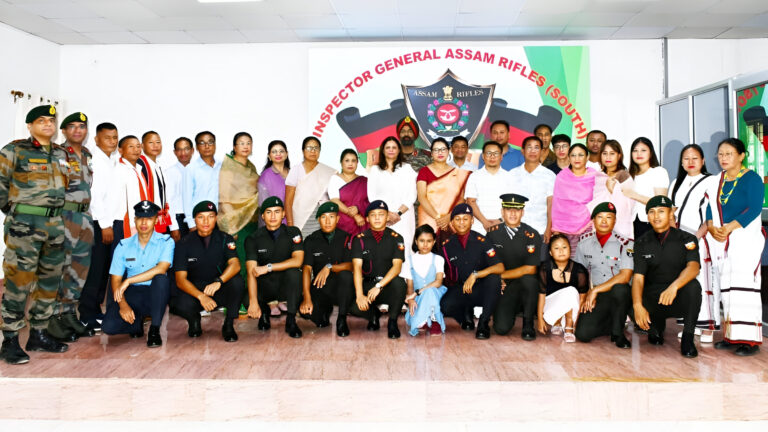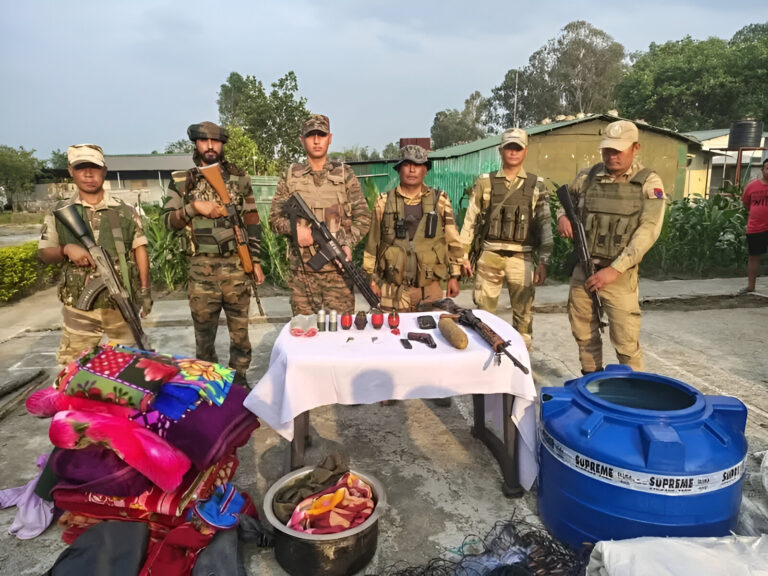Restore Peace and Resettle IDPs: Northeast Students Demand Action for Manipur
Summary
On October 29, 2024, Northeast student groups gathered in New Delhi to advocate for peace and the resettlement of internally displaced persons (IDPs) in Manipur. Organized by youth groups like the Manipur Innovative Youth Organisation and United Kakching Students, the protest emphasized the need for government intervention to resolve ongoing tensions, maintain territorial unity, and address displacement effects on Manipur’s youth. Leaders called for cultural unity and urgent governmental action to protect and restore the community’s stability.
Article
Uniting for Peace: A Call to Action to Restore Stability in Manipur
Introduction
How do we bring peace to a region where communities are torn by conflict and displacement? This question lies at the heart of the recent protests led by Northeast student groups in New Delhi. Hundreds of students, community leaders, and supporters gathered to demand that the government prioritize restoring peace in Manipur and focus on resettling the large number of internally displaced persons (IDPs) affected by the ongoing conflict. This protest is more than just a call for action; it’s a cry for justice, unity, and healing.
Let’s dive deeper into the significance of this protest, why it’s happening, and what it could mean for the future of Manipur.
The Ongoing Crisis in Manipur: What Led to This Point?
The roots of the crisis in Manipur are complex, woven with threads of ethnic tensions, political disputes, and social unrest. While Manipur has a rich cultural and historical legacy, it has also faced issues of ethnic division and territorial disputes that have sometimes led to violent clashes. Recently, these conflicts have escalated, resulting in widespread displacement and economic hardship for the communities involved.
- Ethnic and Cultural Diversity as a Double-Edged Sword
Manipur is home to multiple ethnic groups, each with its own unique identity, traditions, and customs. While this diversity is part of what makes Manipur so culturally rich, it has also led to disputes over resources, land, and political power. This complexity is one of the core challenges in establishing peace and unity in the region. - Rise of Internal Displacement
With increased tensions and violence, many families have been forced to leave their homes, seeking safety elsewhere. These displaced individuals and families, or IDPs, often end up in temporary shelters with limited resources, struggling with uncertainty about their future. - Governmental Challenges in Addressing the Issue
While there have been government efforts to address these conflicts, progress has been slow. The recent protests highlight a public perception that government action has been insufficient in bringing about lasting peace or supporting the resettlement of displaced persons.
The Role of Youth and Student Organizations in the Call for Peace
The recent protest in New Delhi was organized by various youth and student groups, including the Manipur Innovative Youth Organisation (MAIYOND) and the United Kakching Students (UNIKAS). These organizations represent the voices of young people who are directly affected by the ongoing crisis and are passionate about driving change.
- Youth as a Voice for Change
Young people have a unique role to play in advocating for peace. They are often more open to collaboration and new ideas and are motivated by the vision of a better future for their communities. In Manipur, the youth understand that achieving peace will require unity across different groups and a commitment to addressing longstanding grievances. - The Power of Collective Action
By gathering in large numbers in New Delhi, these students sent a clear message: the issue of peace in Manipur is not a regional problem but a national one. Their collective presence underscored the importance of government action, solidarity, and the belief that together, they can create a brighter future for Manipur. - Demanding Government Accountability
One of the key messages of the protest was the demand for government accountability. The students called for tangible action from both the state and central governments, urging them to prioritize peace efforts and support the resettlement of displaced communities. They emphasized that peace should not just be a goal but a responsibility shared by all.
Key Demands Made by the Protesters
During the protest, the student organizations outlined specific demands they believe are essential for restoring stability in Manipur. These demands reflect the urgent need for action and the aspirations of a community seeking peace and unity.
- Immediate Peace Talks and Conflict Resolution
The students demanded that the government initiate immediate peace talks, involving all relevant stakeholders, to address the root causes of the conflict. They stressed that a sustainable solution requires dialogue, understanding, and a willingness to work together. - Resettlement of Internally Displaced Persons (IDPs)
The students also called for a comprehensive plan to resettle those who have been displaced. They highlighted the difficult conditions in temporary shelters and emphasized the importance of providing stable housing, education, healthcare, and economic opportunities for IDPs. - Protection of Manipur’s Territorial Unity
Many protesters expressed concerns over the potential impact of division within Manipur, fearing it could deepen existing divides. They urged the government to protect Manipur’s territorial integrity and foster unity among different communities. - Support for Mental Health and Education
Conflict often leaves a deep psychological impact, particularly on young people. Recognizing this, the protesters called for increased mental health support services for those affected by the crisis. They also emphasized the need for educational support to help displaced children continue their studies.
The Broader Implications of Peace for Manipur’s Future
Why does peace in Manipur matter, not only for the state but for the country as a whole? A peaceful Manipur means more than just the absence of conflict; it signifies the possibility of prosperity, unity, and resilience in the face of adversity.
- Economic Growth and Stability
Conflict disrupts businesses, tourism, and trade. By restoring peace, Manipur could unlock its economic potential, attract investment, and create more jobs for its people. Peace can pave the way for long-term stability and economic growth. - Cultural and Social Harmony
Manipur’s diversity is one of its greatest strengths. By fostering peace, the state can create a society where different ethnic groups can coexist, share traditions, and build a stronger collective identity. - Setting an Example for Conflict Resolution
If Manipur can successfully navigate this crisis, it could serve as a model for other regions facing similar challenges. The state’s journey toward peace could offer valuable insights into conflict resolution, reconciliation, and the importance of community-driven efforts.
FAQs
- What is the significance of this protest in New Delhi?
The protest in New Delhi was organized by Northeast student groups to bring national attention to the ongoing crisis in Manipur, emphasizing the need for government intervention to restore peace and resettle displaced persons. - What challenges do IDPs in Manipur face?
Internally displaced persons in Manipur face challenges such as lack of stable housing, limited access to healthcare and education, and uncertain economic opportunities, which the students highlighted as pressing concerns. - How can peace be achieved in Manipur?
Peace in Manipur could be achieved through government-led peace talks, effective conflict resolution strategies, community engagement, and initiatives to resettle displaced persons and address socioeconomic challenges. - Why are students playing a key role in the call for peace?
Students are directly affected by the conflict’s impact on education, mental health, and future opportunities. They represent a passionate and motivated demographic seeking change and a more stable future. - What is the role of the government in resolving the crisis?
The government plays a crucial role in initiating peace talks, ensuring community safety, supporting IDPs, and addressing the underlying causes of the conflict to create a sustainable path to peace.


